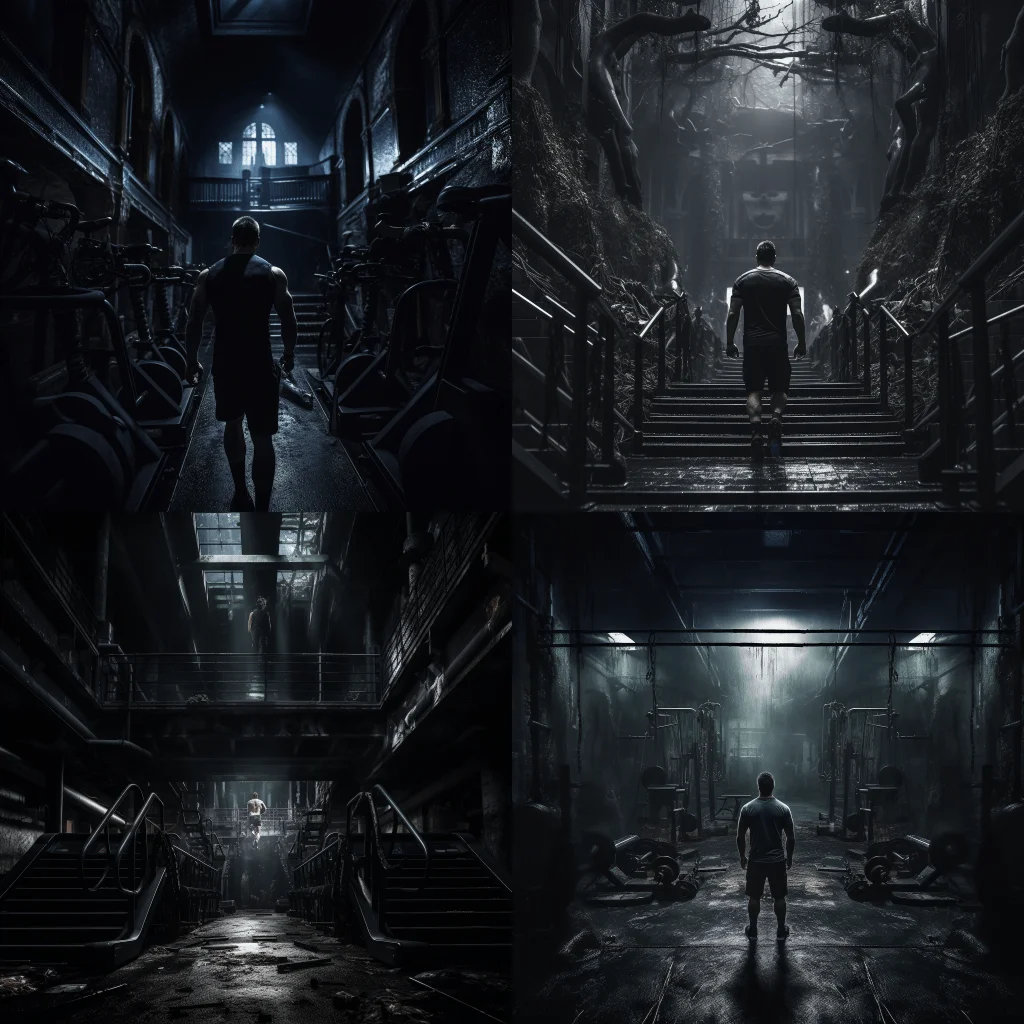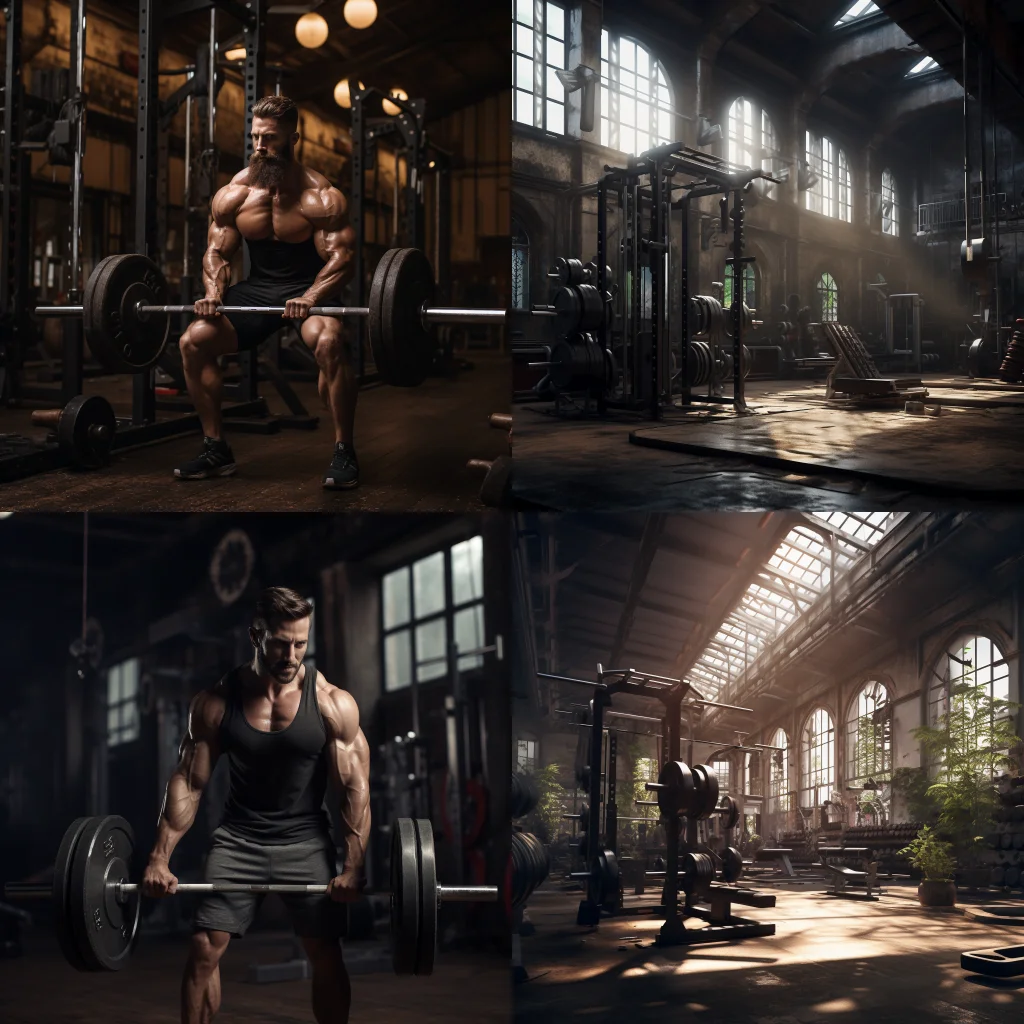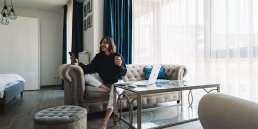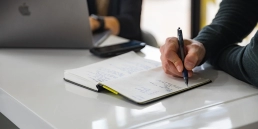Introduction
Like many I’m intrigued but somewhat sceptical about AI and its capabilities. It’s impossible to ignore the ever-growing popularity of AI and the sheer volume of AI tools, especially within our industry.
Curious me wanted to see what all the fuss was about and learn how and if indeed AI can help me in my role.So, let’s give it a go…
For context, let’s assume I am working on redesigning a workout app. Having completed the discovery phase and numerous hours of user interviews I have a clear picture of the requirements, users’ expectations and preferences along with validated low-fi prototypes so the next step is art direction.
The Challenge
Using AI I would like to begin developing a mood board for a workout app based on the insights gained during the earlier stages of the project. I will be writing prompts in a text-to-image AI tool to try and find visual inspiration that will form part of my mood board.
Traditionally this would involve browsing the usual websites such Dribbble, Awwwards and Behance trawling through pages and pages of results trying to find a visual style fitting for this project. This of course takes time so let’s see if AI can streamline this process.
The Process
Having already used ChatGPT I knew that it couldn’t generate images as it only generates text responses so I took a quick look at Bard, again simply because it was a familiar name but I soon realised that wasn’t going to be much help, if anything it would take longer than visiting inspiration websites directly.
Unsure of which AI tool to use because they are soooo many I Googled text-to-image AI tools with MidJourney seemingly been a popular choice so off I went to install that. Through the process I had to create an account with Discord – an online collaboration tool which apparently happened by chance when Midjourney used Discord to test and debug the system internally and liked the community feel of it.
Anyway, it was time to give this a try, I had a few loose ideas of how I wanted this workout app to take shape but it was now a matter of turning those ideas into prompts for Midjourney to interpret to generate my inspiration.
My first prompt was…
/imagine “dark, clean and modern ui, mobile, workout app”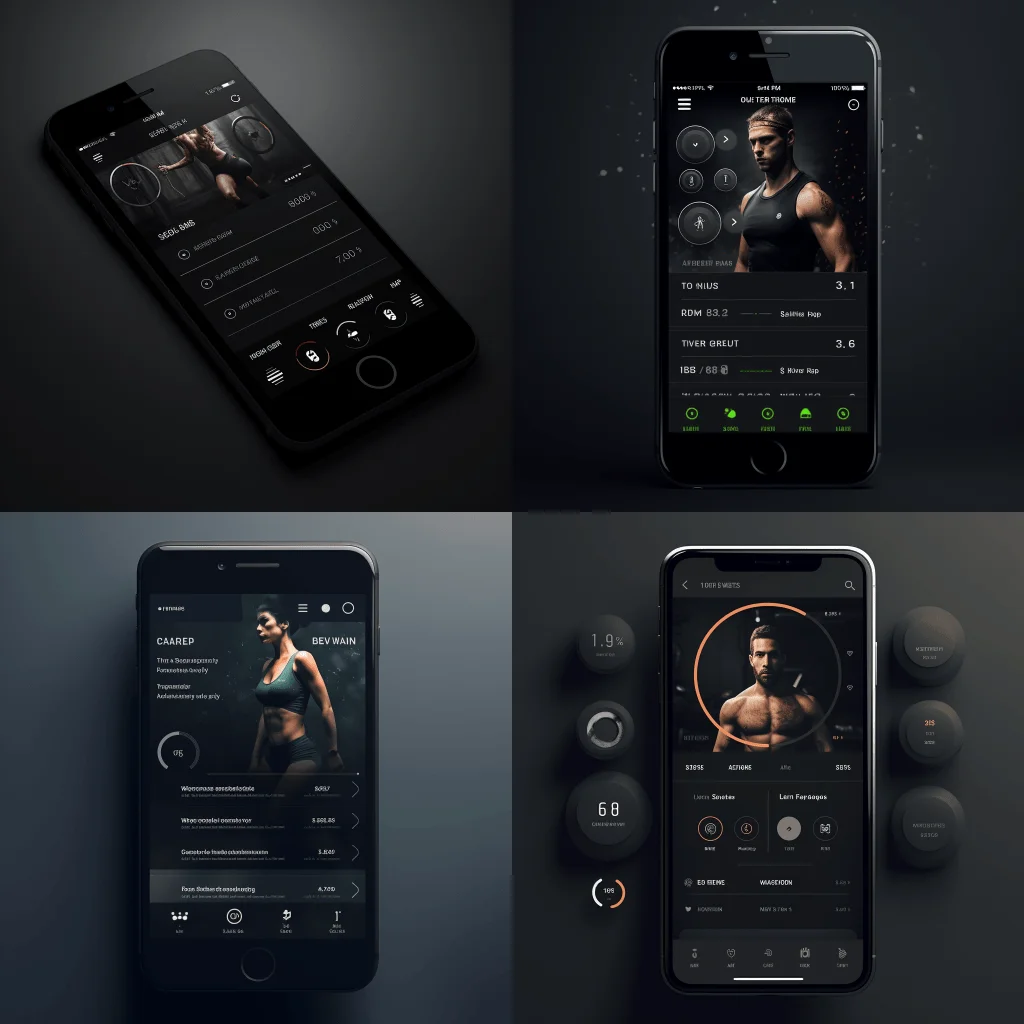
At first glance, I have to say I was impressed with the output. Looking closer it was obvious that the detail is lacking, specifically the text but that isn’t an issue as we are trying to establish an art direction and gather visual inspiration so this is perfect.
Okay great so I like the look of the 2nd image (top right), Midjouney allows you to upscale images by selecting the U# button that matches your preference, in this case ‘U2’ so let’s look at that image in more detail.
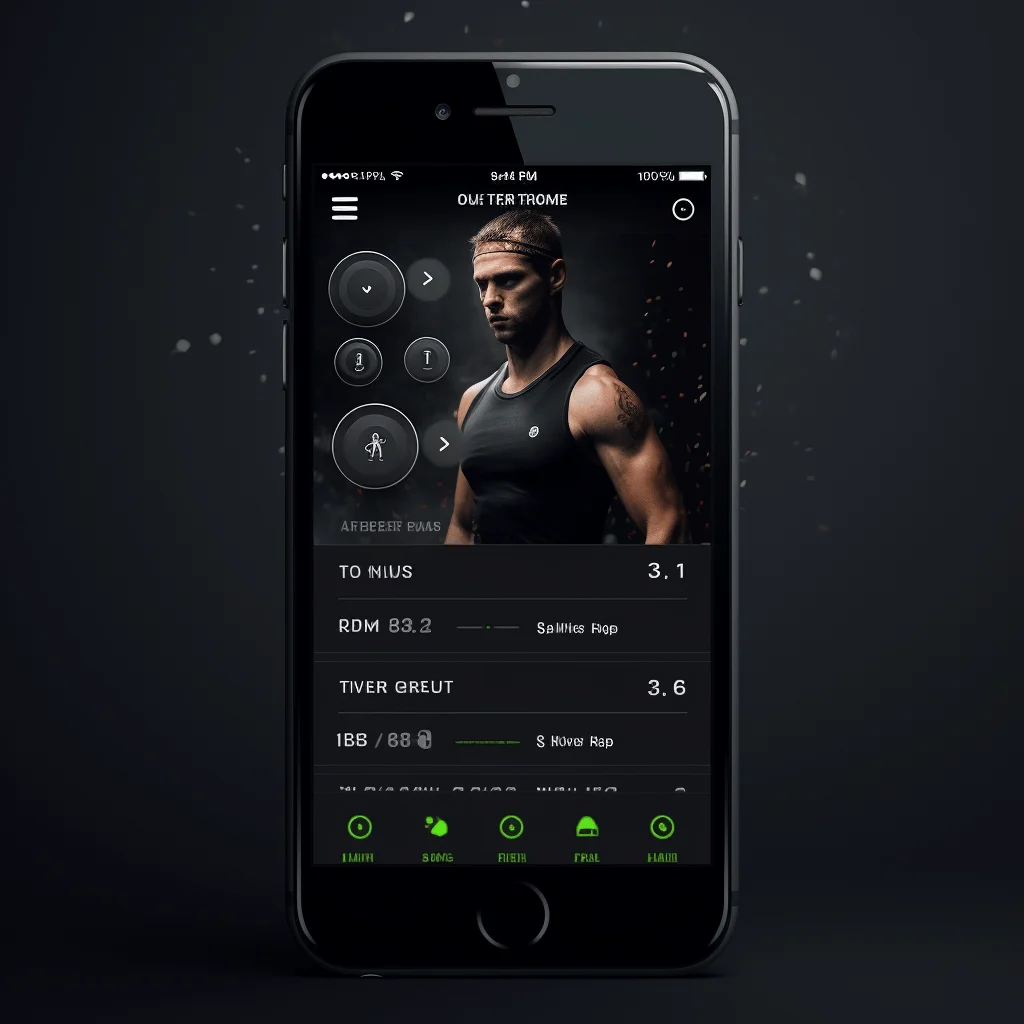
As you can see it’s created a larger version of that image in more detail. Let’s assume I’m happy with this overall visual style, I now want to go ahead and collate some more examples that have a similar look and feel, this can be achieved using a feature called ‘Variations’.
You can create four new variations of the selected image by clicking the ‘V’ buttons, this essentially matches the style and composition of the selected image.
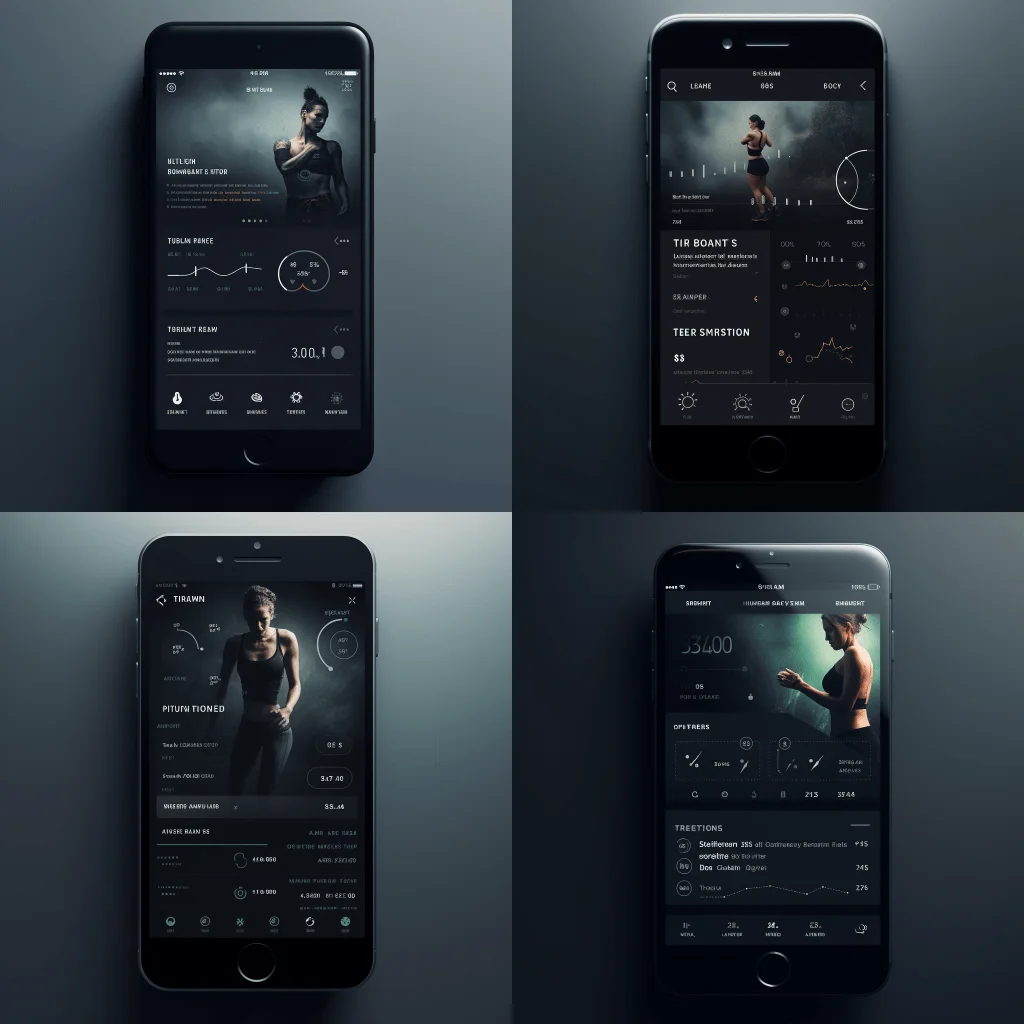
I also wanted to gather a few more examples so I used the same prompt but added ‘dribbble’ to generate some additional examples.
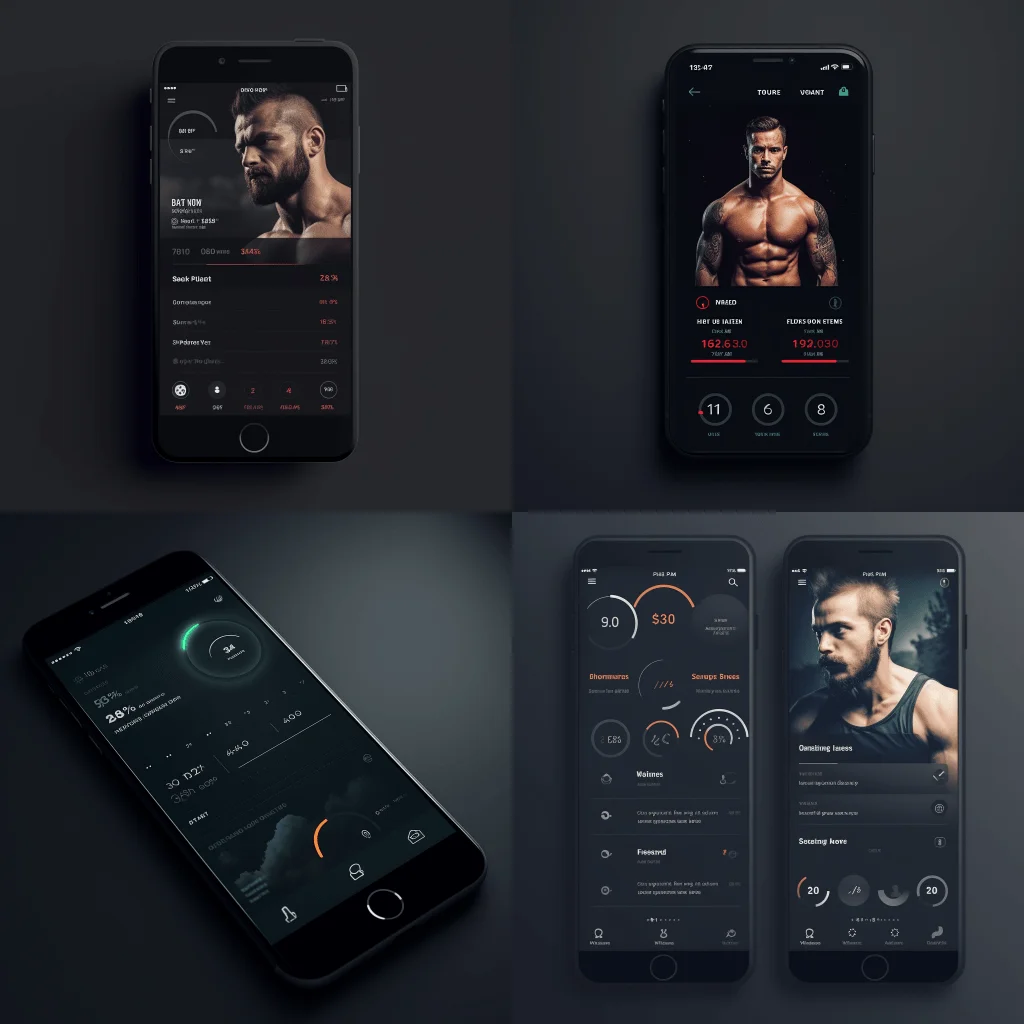
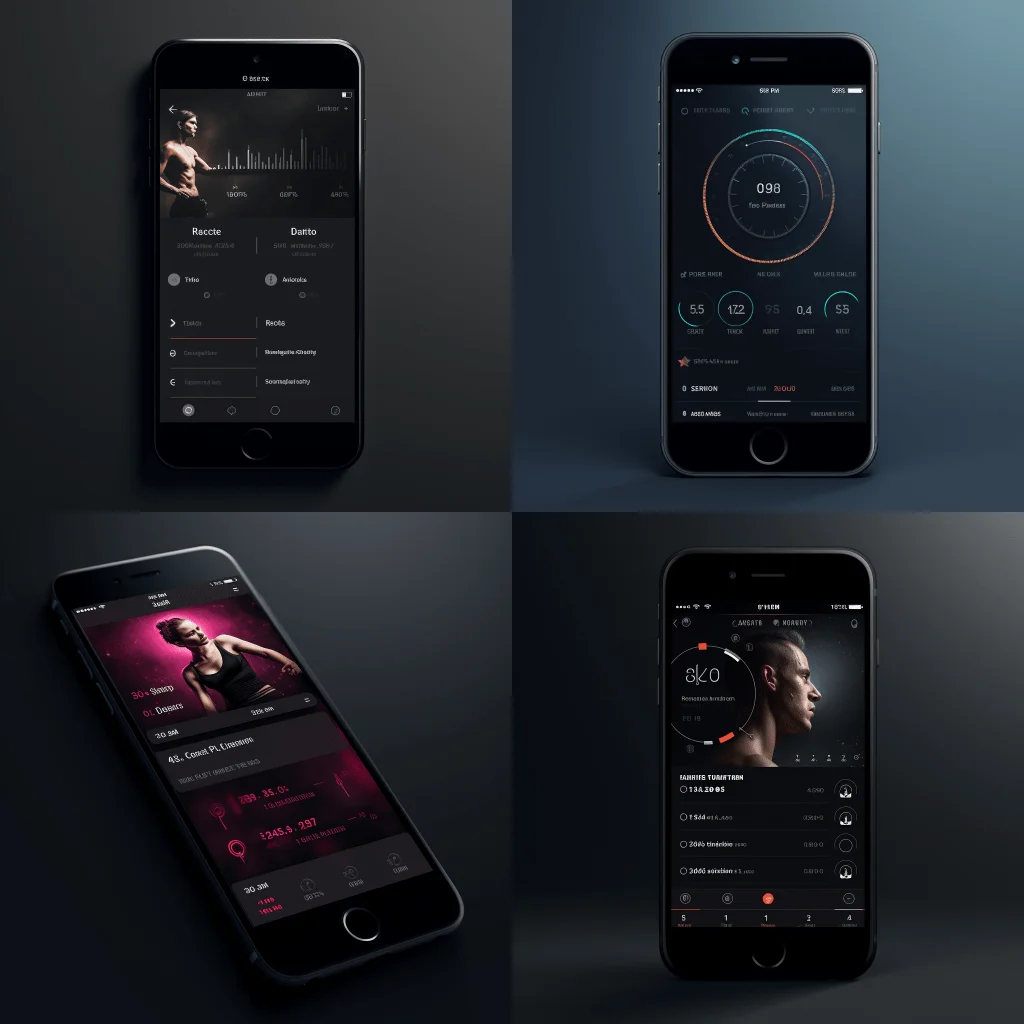
Okay so I’m happy with the overall concept but now I would like to focus on the photography so I enter a new prompt.
/imagine [dark, photography, high resolution, workout]
It’s fair to say they are pretty cool images but not exactly what I was expecting what I had in mind, they appear to be gyms that have been left to ruin so let’s try that again…
/imagine [workout, gym, muscle, high resolution, dark, q2]
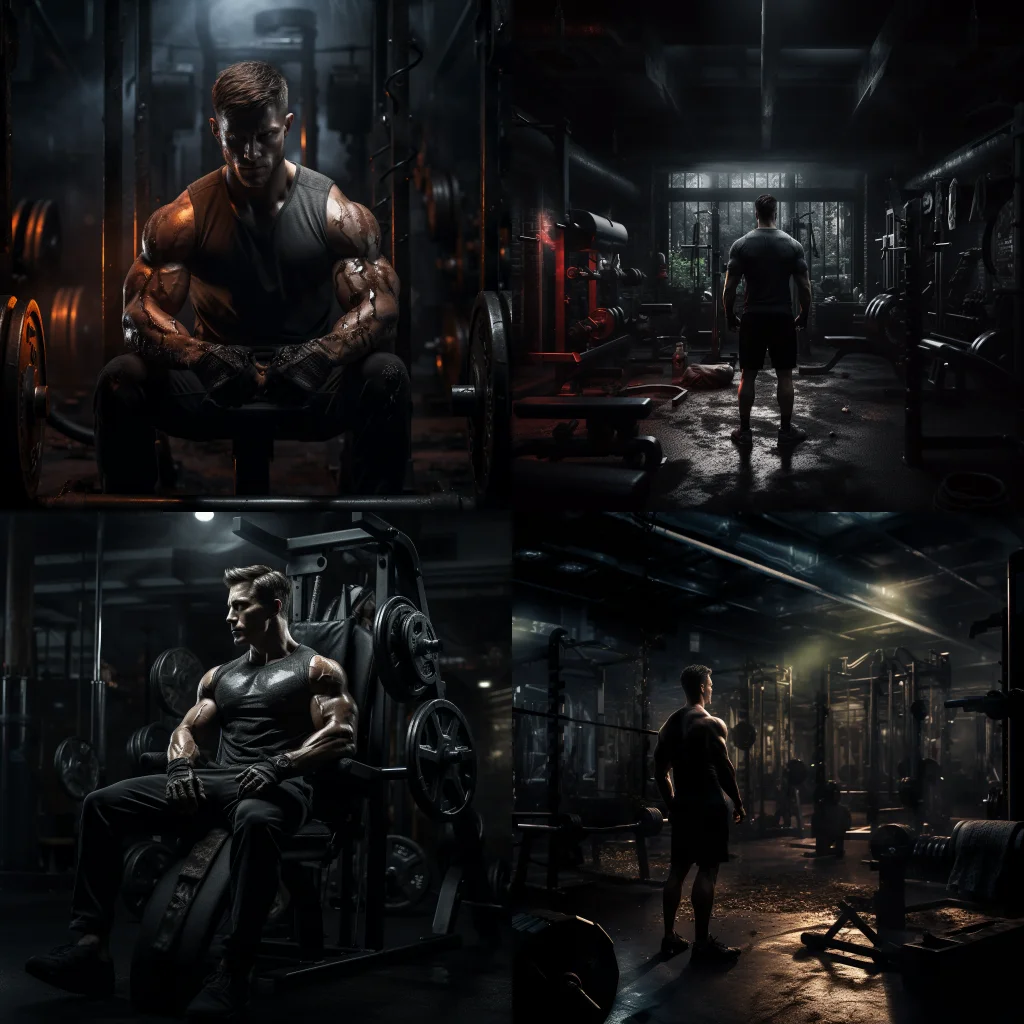
That’s a little better, it really is a case of fine tuning the prompts until you’re happy, something that will only get easier the more you use them. I think image 3 (bottom left) has potential so let’s generate some variations of that.
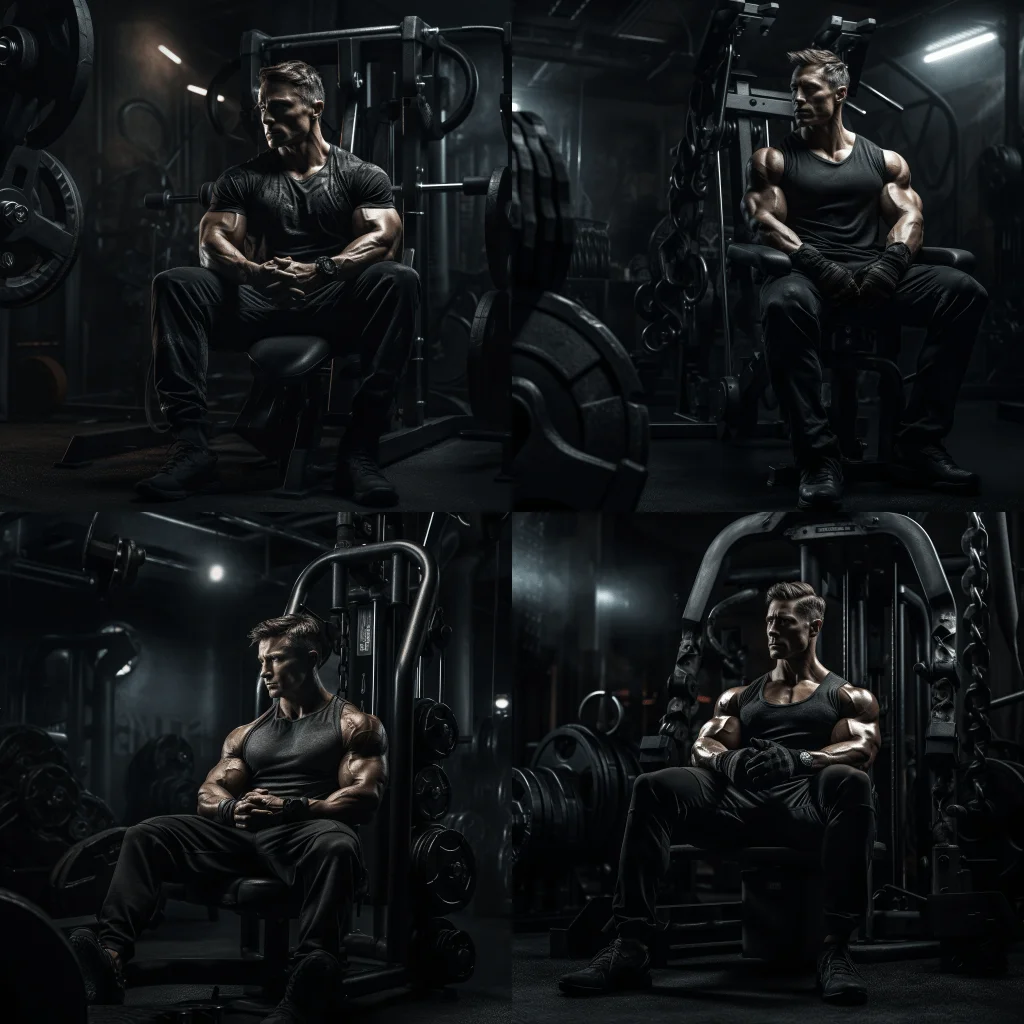
Nice, I’m relatively happy with these but they are obviously AI-generated images so how do I get them a little more natural looking?
Let’s tweak the prompt a little…
/imagine [workout, gym, muscle, high resolution, more natural]
Hmmm, the left-hand images are great although the right-hand images may have taken my ‘natural’ prompt too literally.
After having a few attempts it’s clear to see that there is a fine art to writing the prompts but in a matter of minutes I have gathered a number of assets which I would happily include in my mood board. I know this is only part of generating a mood board but in my experience, the most time-consuming part is gathering similar examples.
There are other elements that we typically include in mood boards such as typography and colour palettes but again these can be found using other AI tools. I would say we’re not quite there yet, in terms of having one AI tool that does it all but we certainly have numerous AI tools at our disposal and undoubtedly save us time.
Conclusion
I know this short experiment was only a tiny fraction of the capabilities AI has to offer but even still it’s an important step, embracing AI and understanding how it can supplement our current ways of working so we can become even better at our craft.
We’re not doomed and our jobs are safe, the real danger is not embracing AI and being left behind by those who do, leveraging its capabilities to become even more desirable UX designers/researchers.Give it a go in your next project and see how you get on.
Related Posts
How to get the most from User Testing with relaxation
Building rapport with participants and making them feel at ease should be the main priority if you host a test. The…
The importance of immersion for a deeper understanding of user needs and project requirements
Why it's important to immerse yourself in the industry you are working and some tips to enable you to do this…
